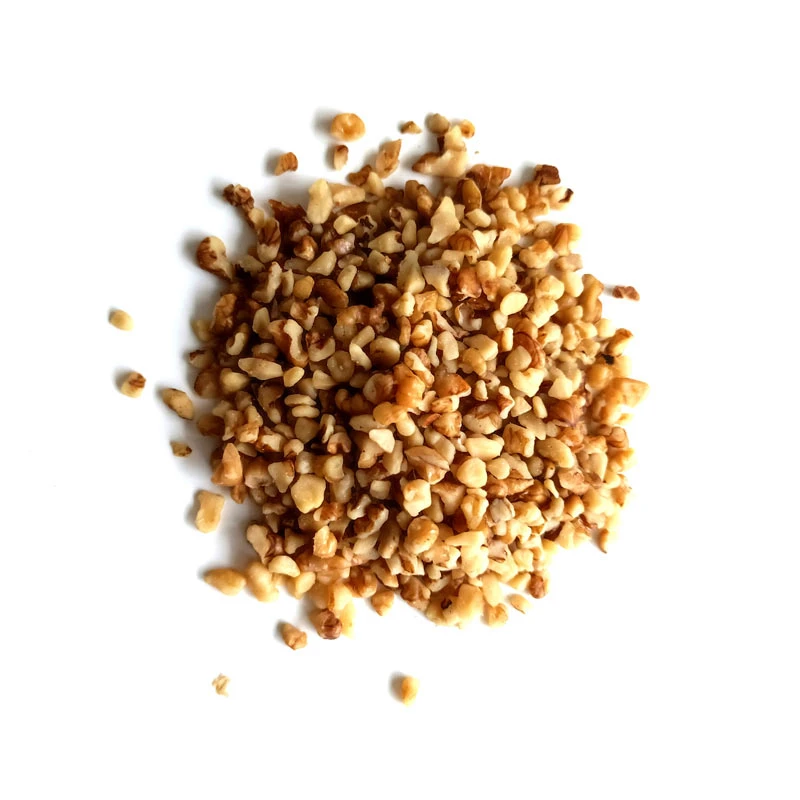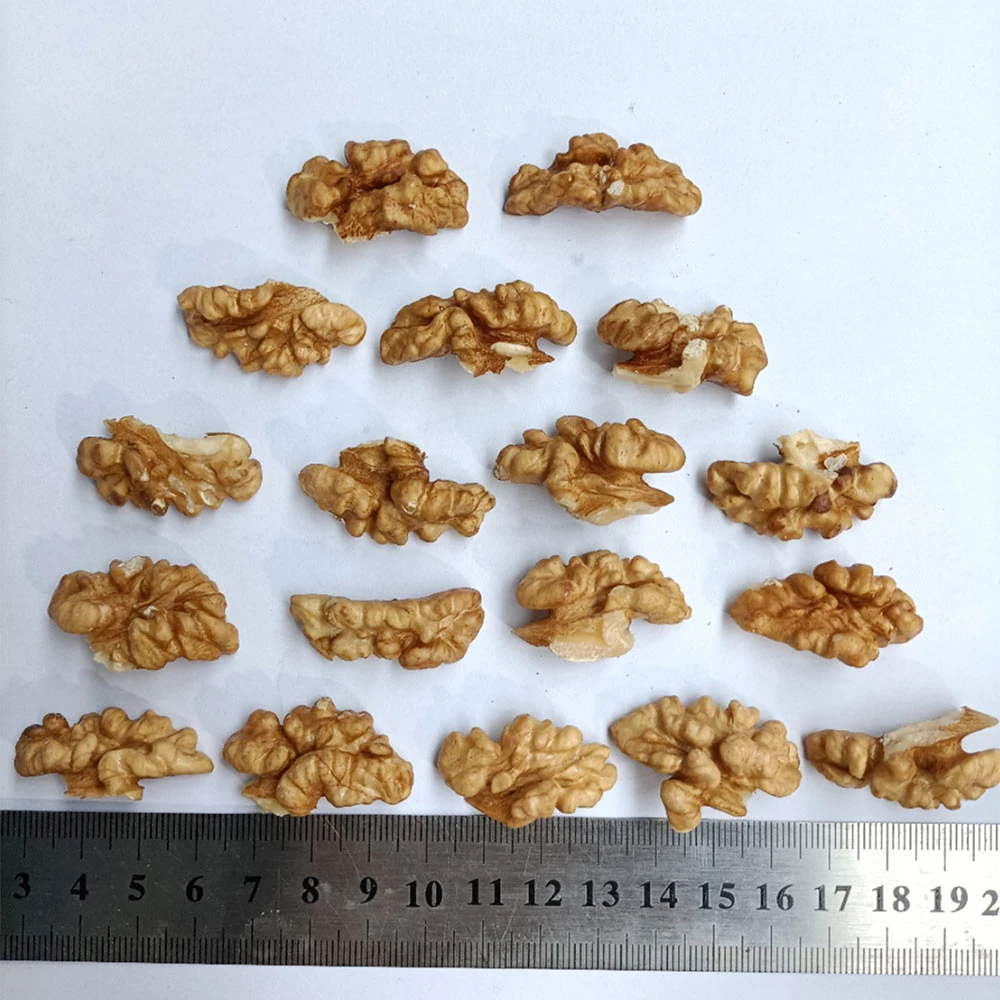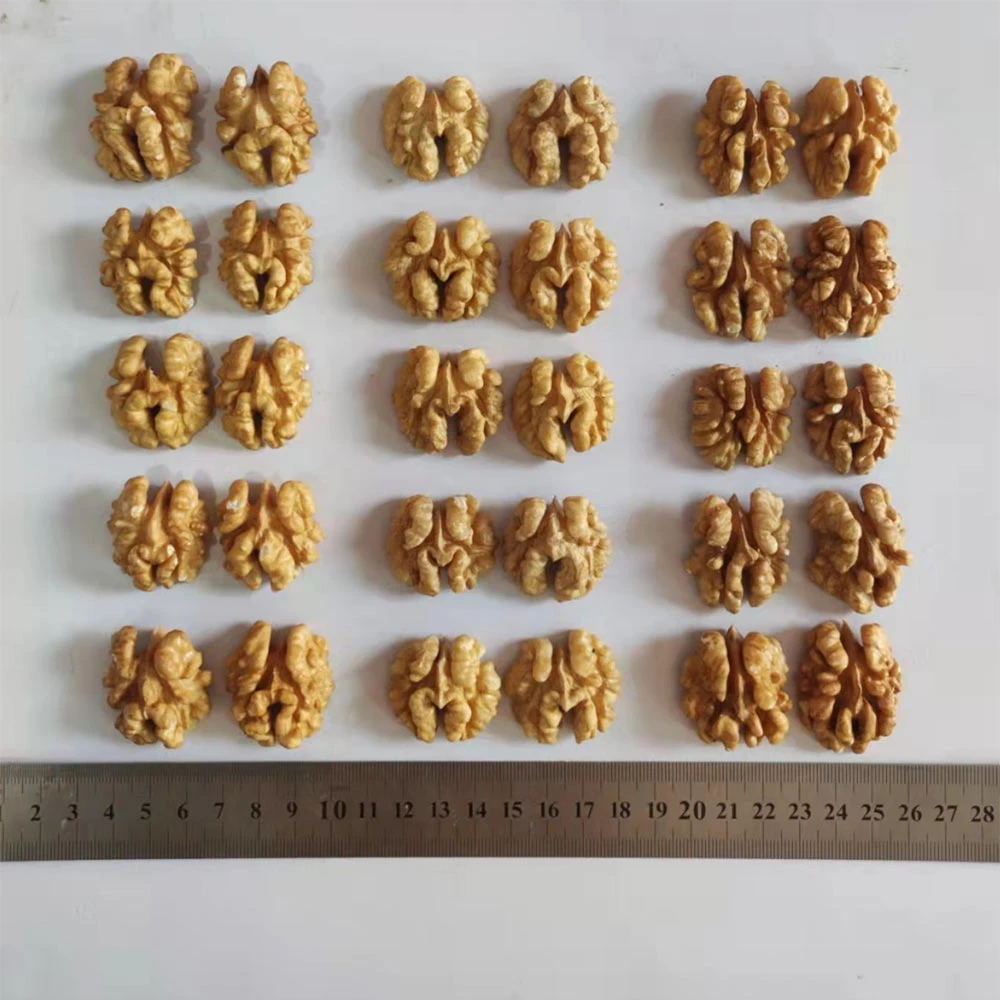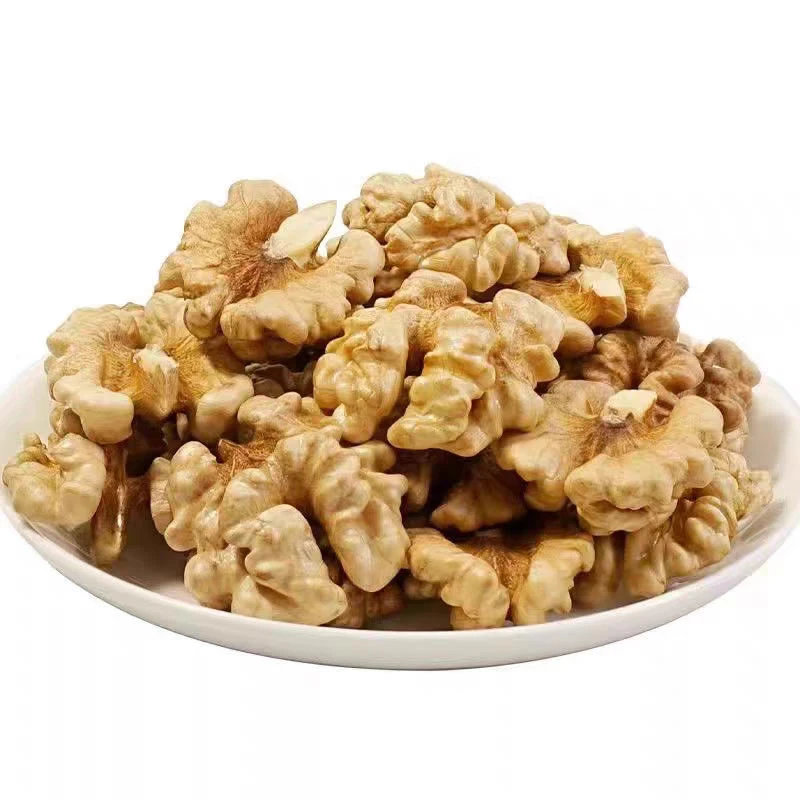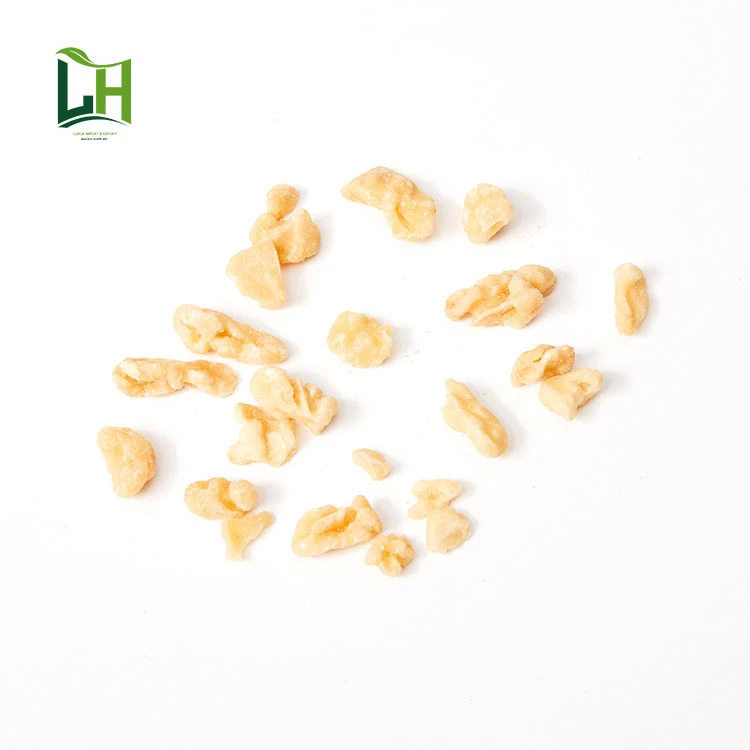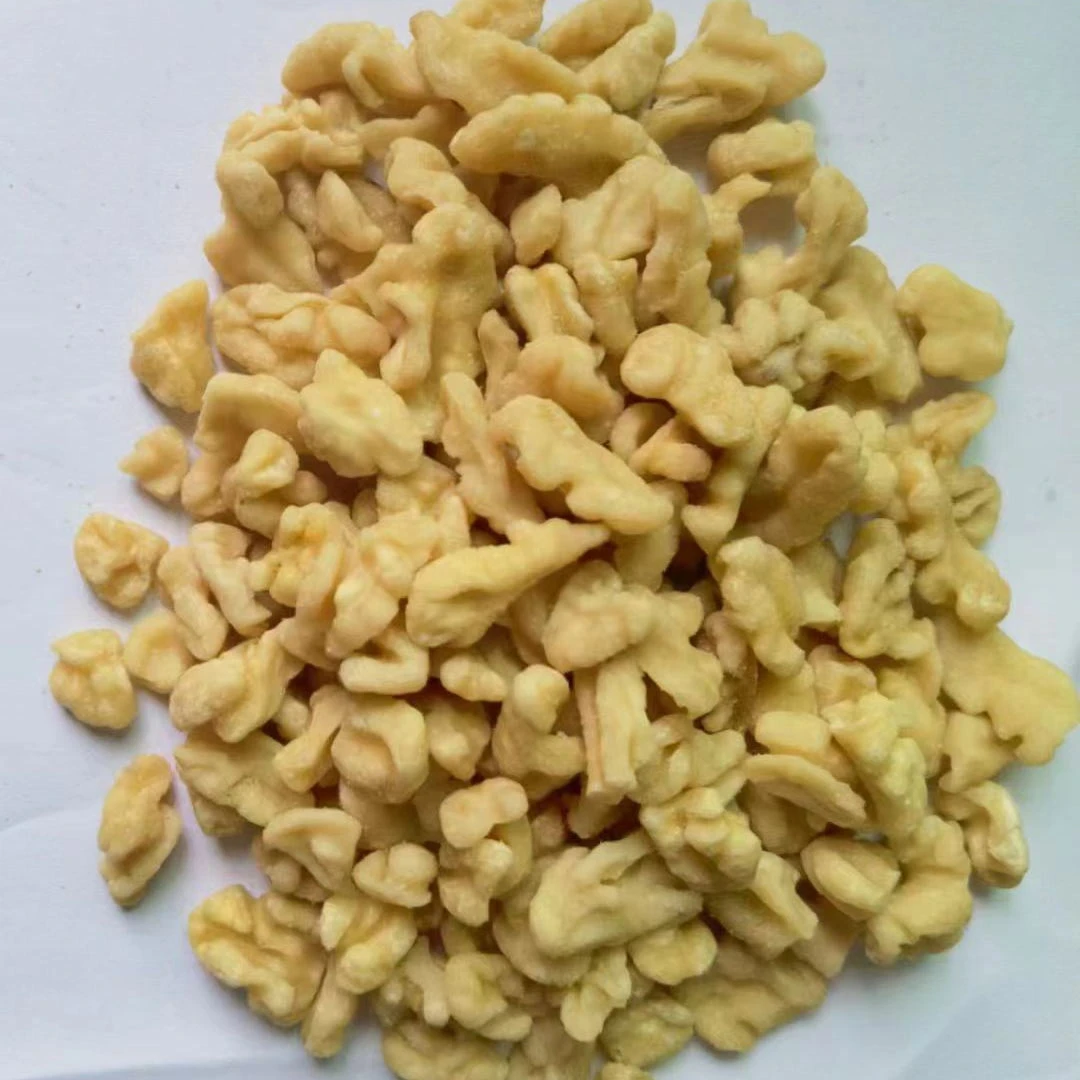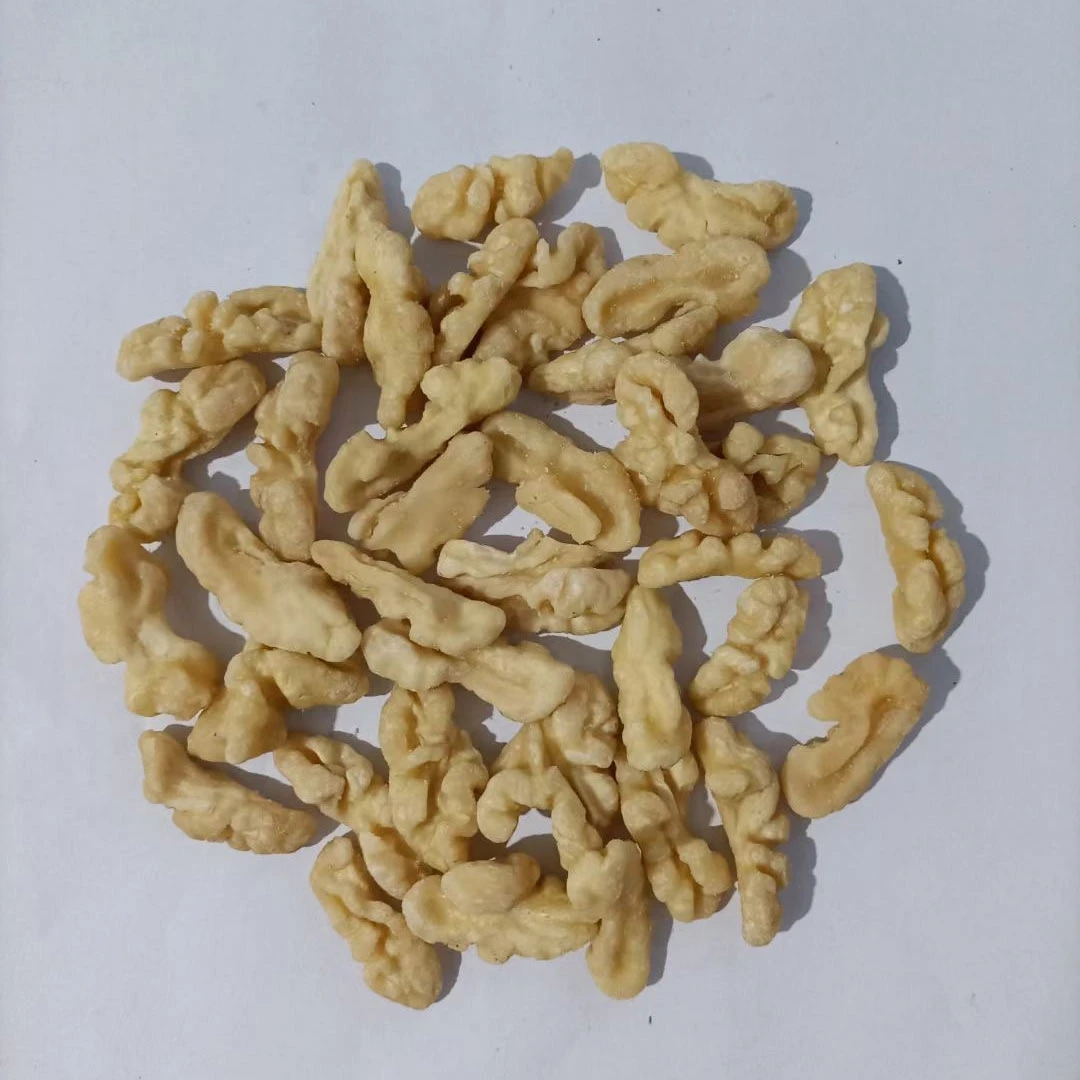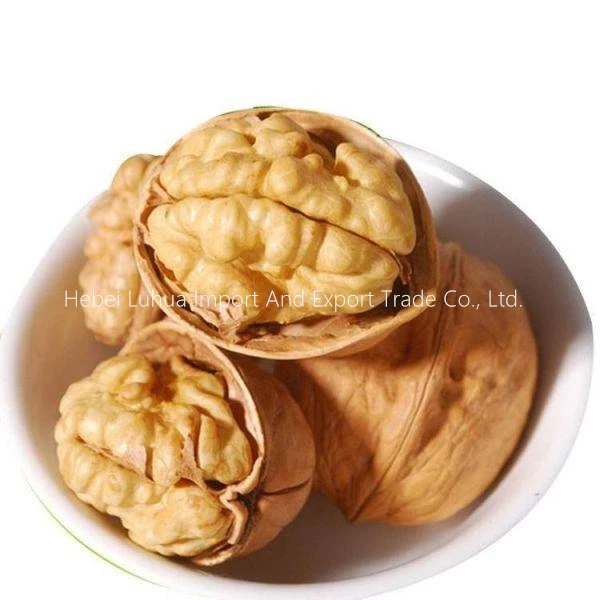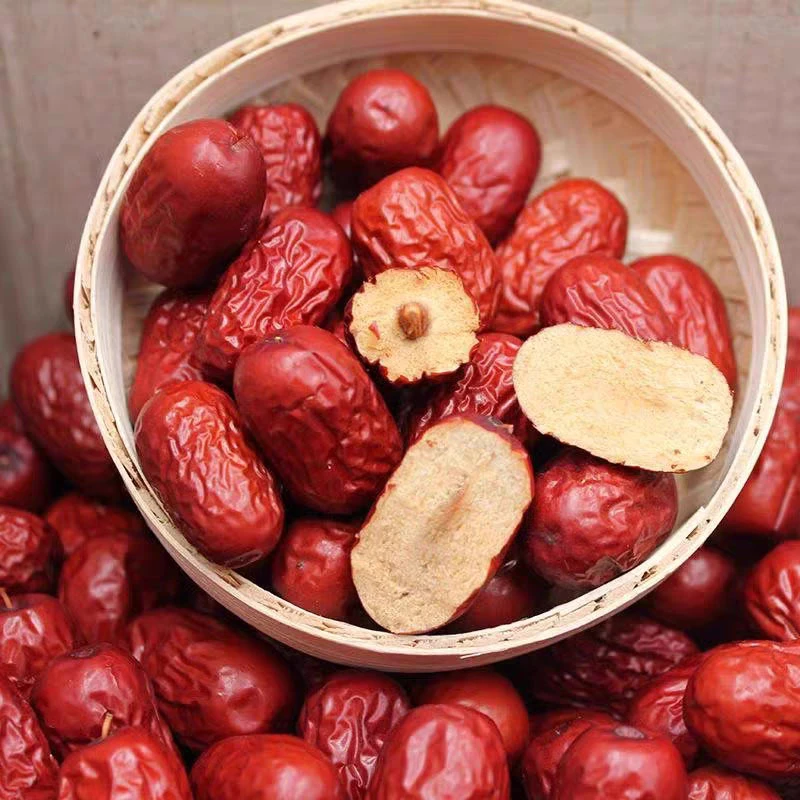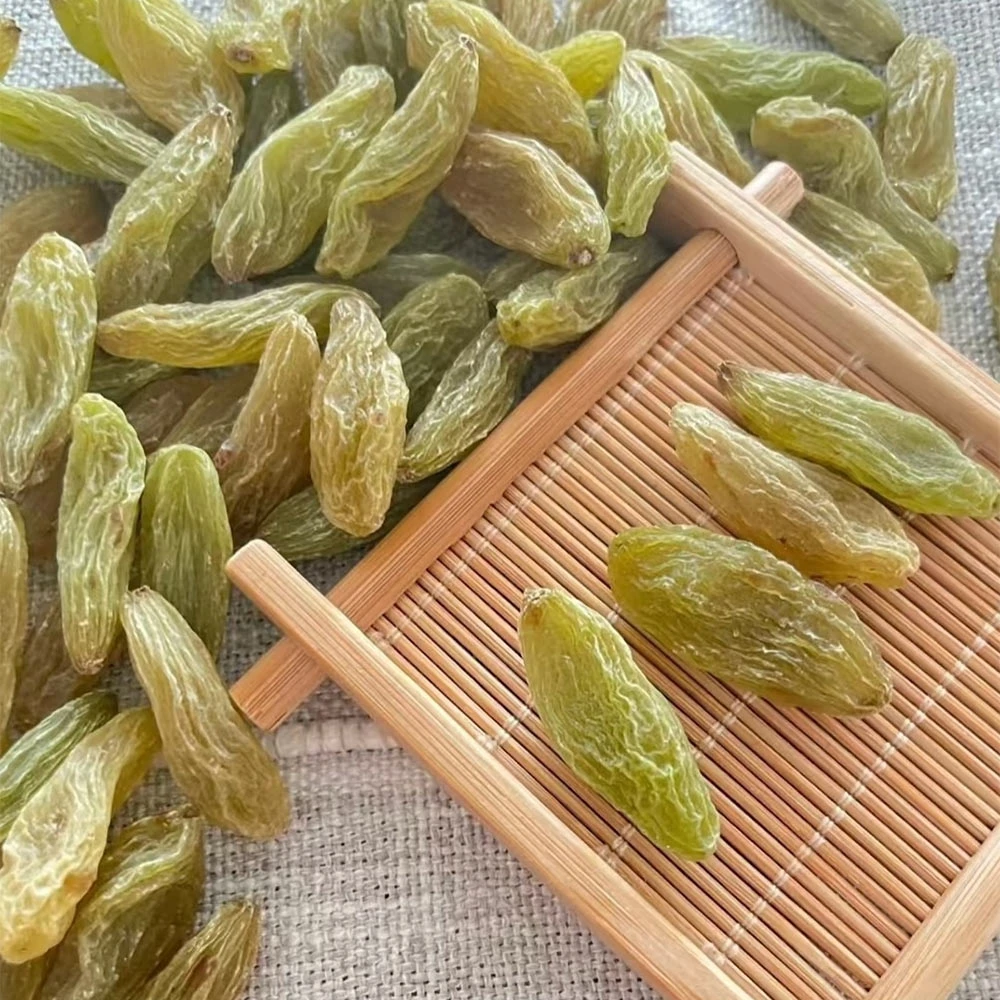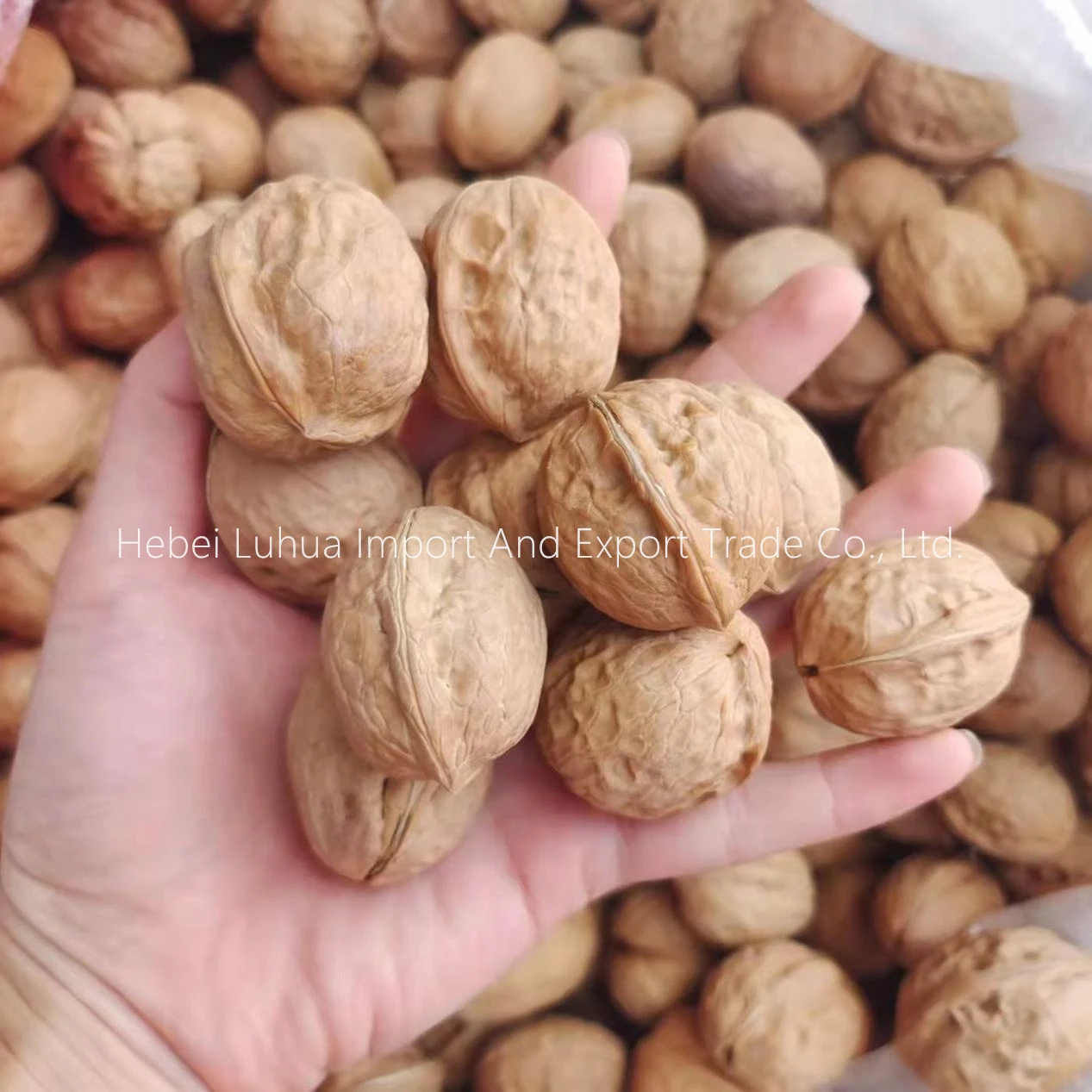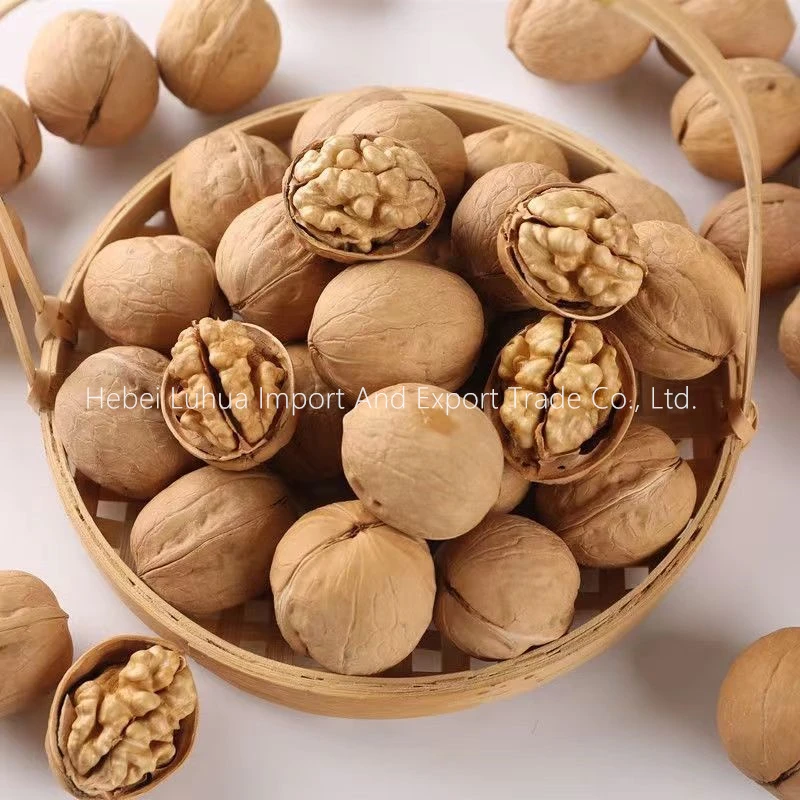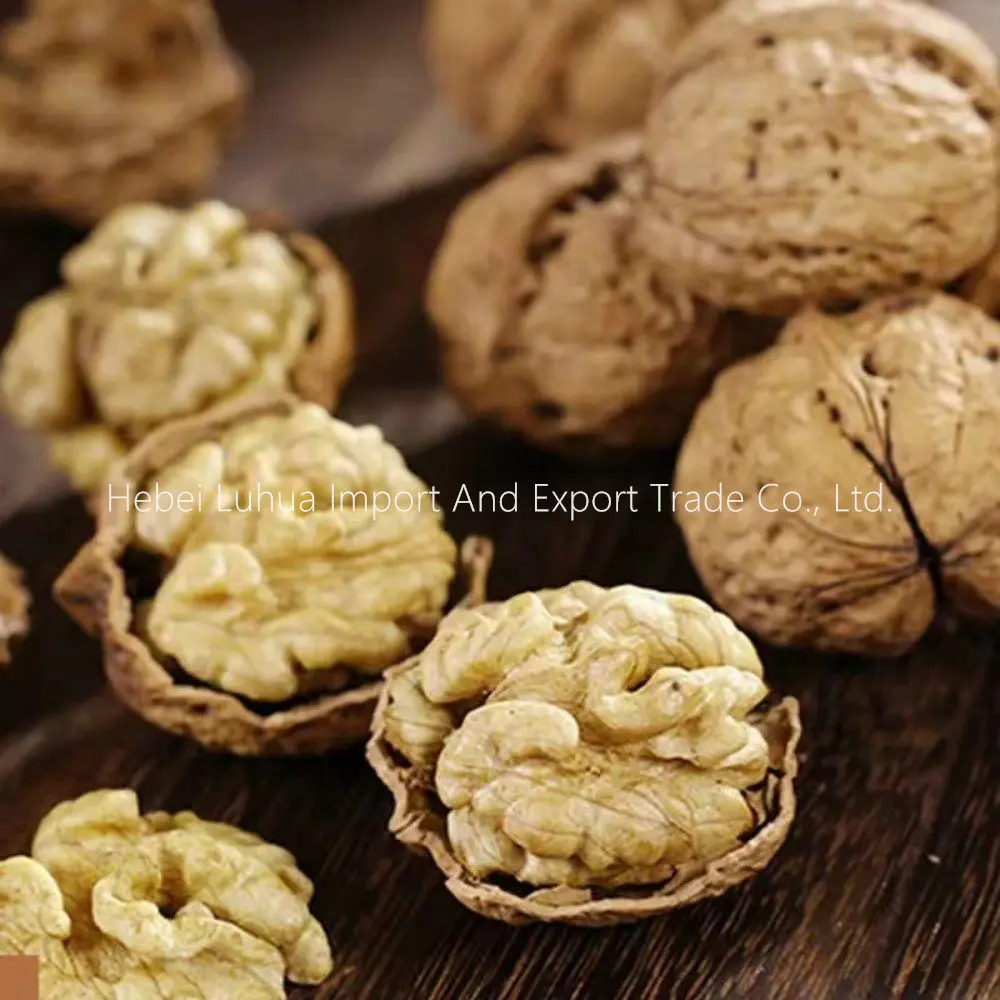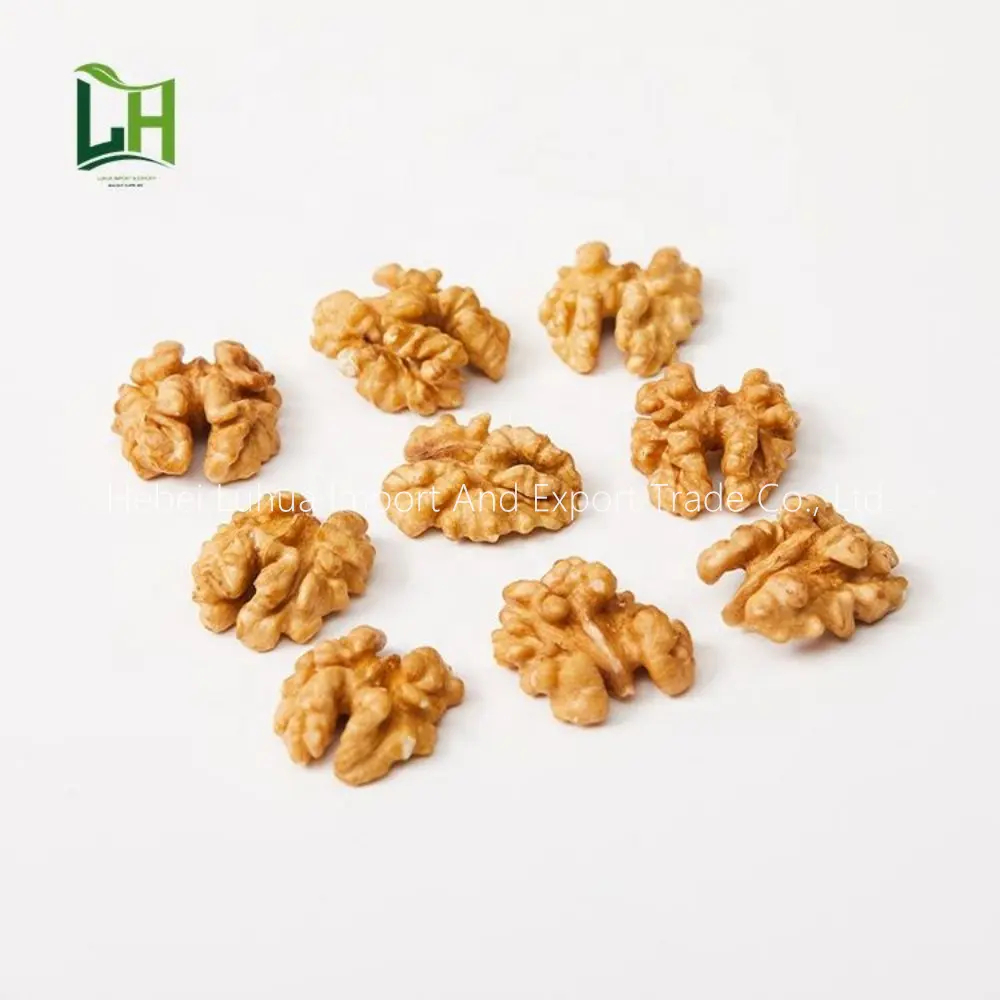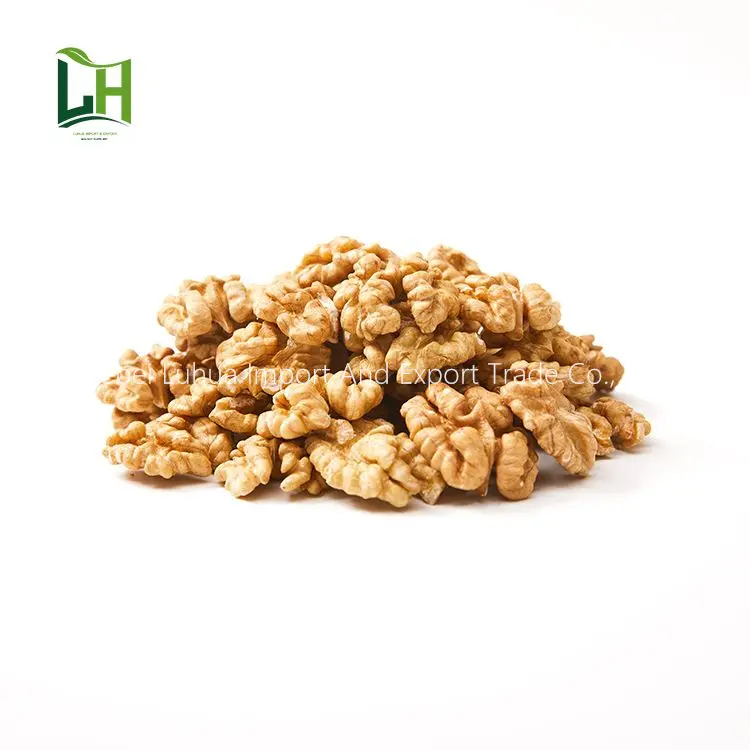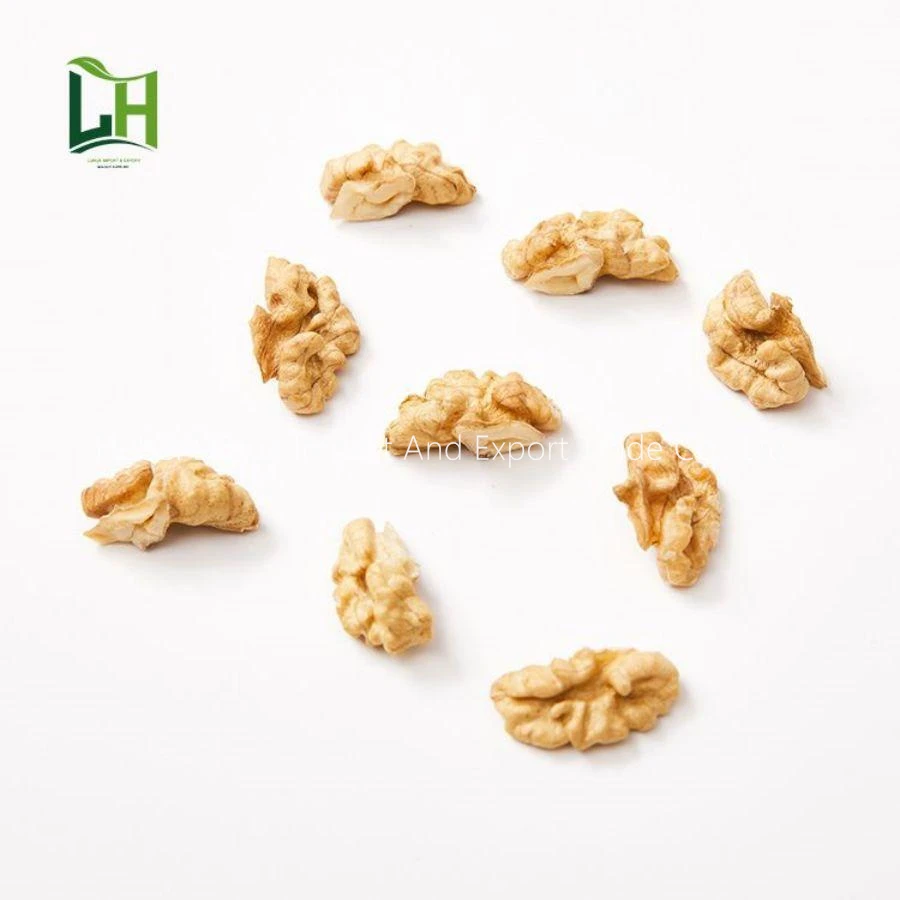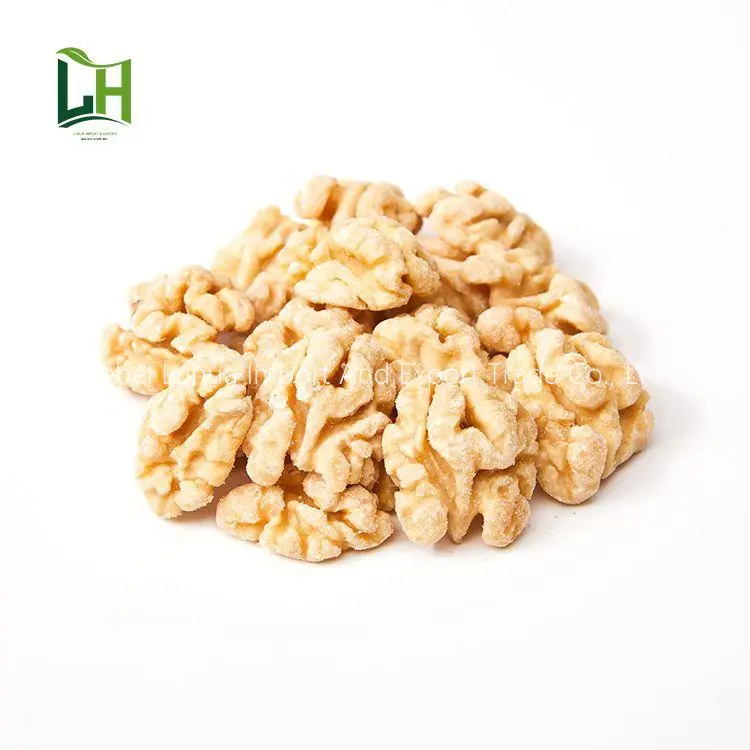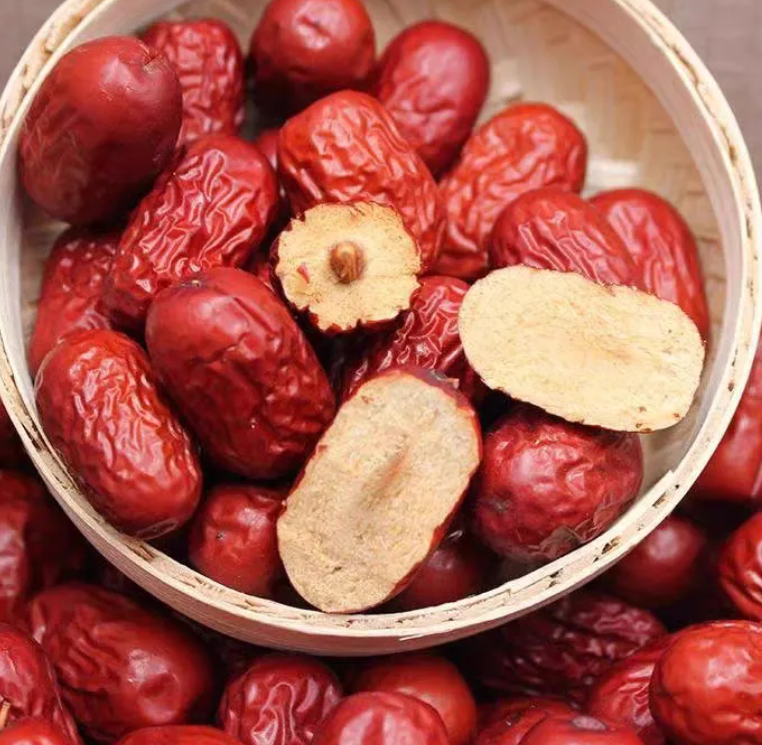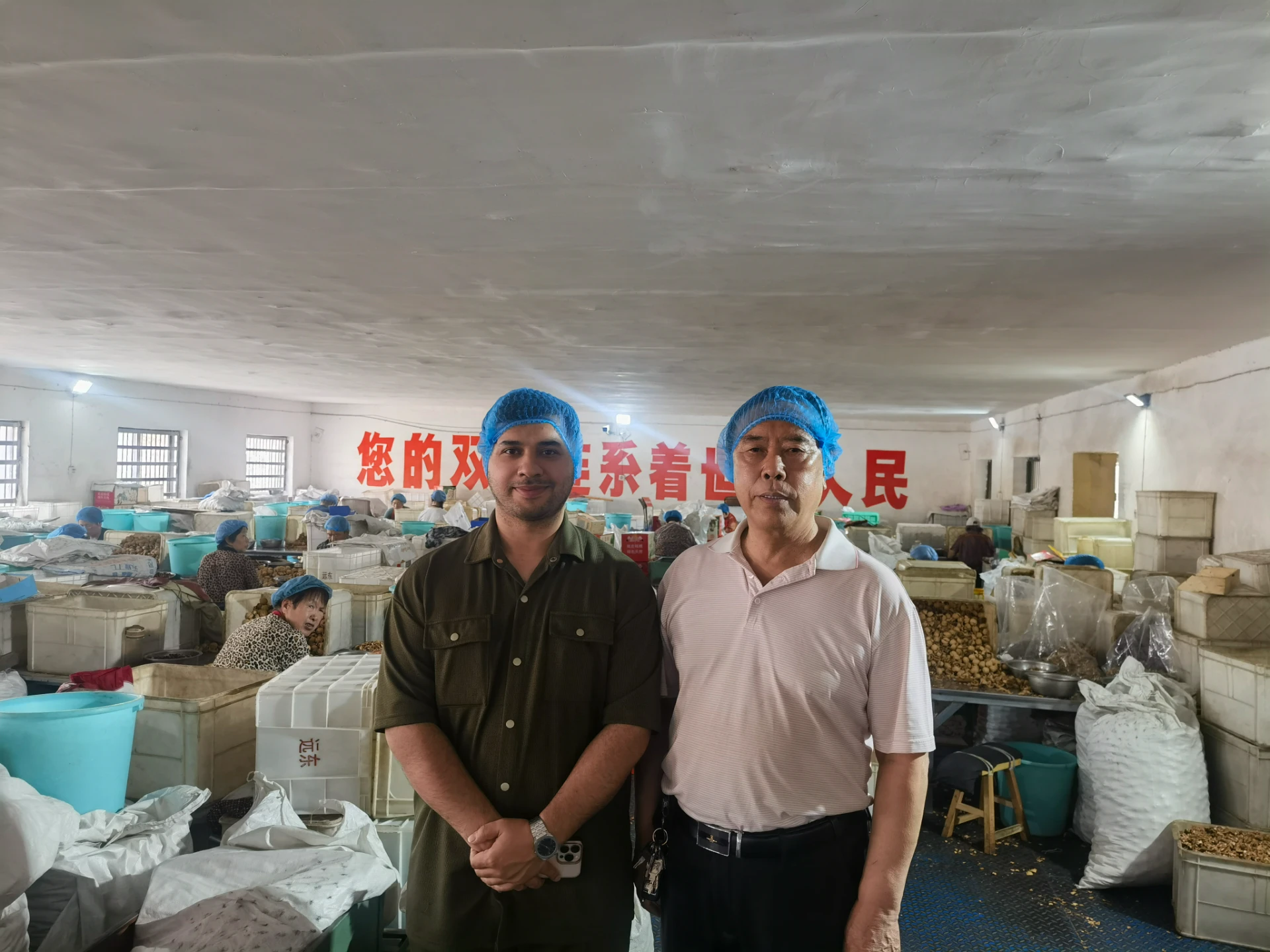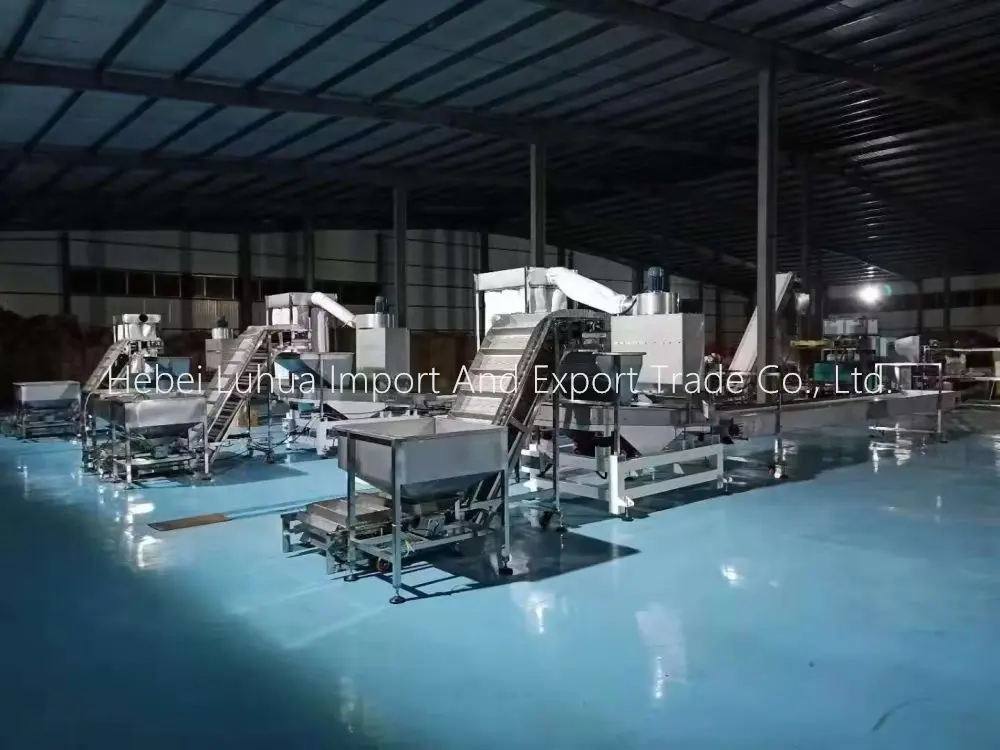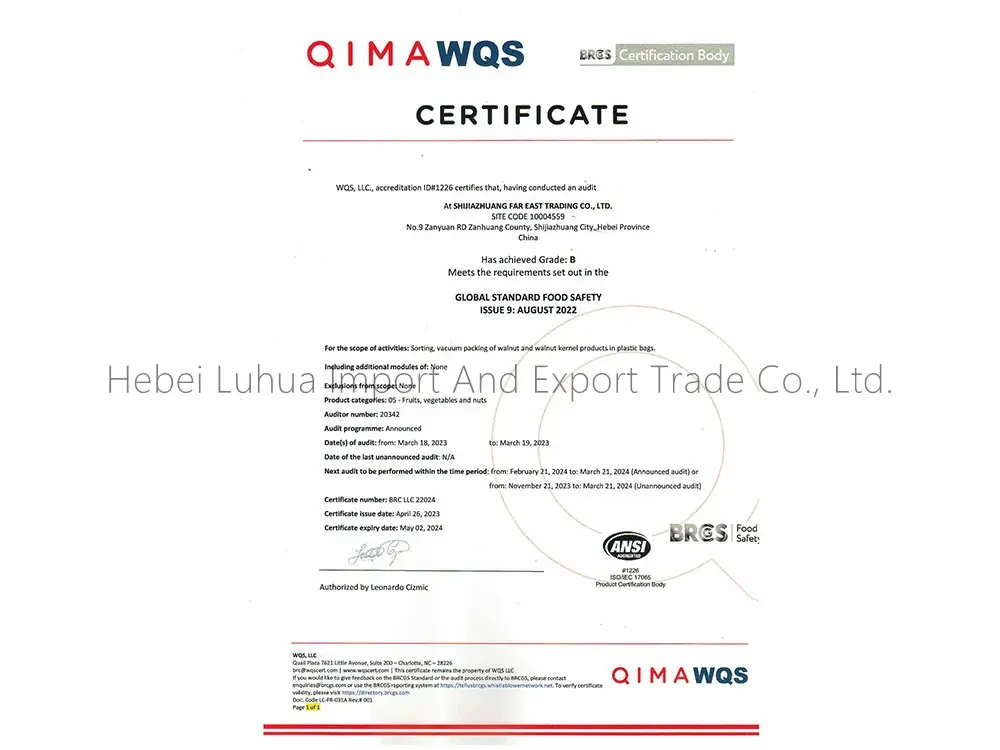- Introduction to walnuts cost
and market dynamics - Global walnut pricing trends and data insights
- Technological advancements impacting walnut production costs
- Major walnut producers and comparative analysis
- Customized supply solutions and procurement strategies
- Real-world applications and case studies of walnut usage
- Conclusion: Navigating the evolving walnuts cost landscape

(walnuts cost)
Understanding Walnuts Cost: An Overview of Market Forces
The walnuts cost across global markets demonstrates a complex interplay between supply chain logistics, climate impact, consumer demand, and production efficiency. Over the past decade, walnut pricing has consistently been shaped by both macroeconomic trends and localized agricultural patterns. Before delving deeper into global walnut markets and procurement strategies, it is essential to outline the fundamental factors that influence cost structures, such as the cost of walnuts per pound, regional variations, and international trade policies. This segment will provide a foundation for interpreting downstream pricing models and understanding how current and historical price points, including walnuts cost per kg, influence purchasing behaviors and contract negotiations for vendors and buyers alike.
Global Walnut Pricing Trends: Data Analysis and Market Insights
Across major producers – the United States, China, Iran, and Chile – walnut prices exhibit marked differences. Between 2021 and 2023, the average walnuts cost per kg fluctuated due to crop yield variations and shifting demand in food manufacturing sectors.
Recent market surveys revealed that the price per kilogram ranged from $2.30 in high-yield regions to over $5.50 in export-restricted areas. In retail settings, cost of walnuts per pound climbed as high as $11.00, especially for premium organic varieties. Bulk wholesale contracts, however, can secure per kilogram rates nearly 40% lower than direct-to-consumer pricing. Additional fees, such as transportation and storage during harvest surges, further influence cost outcomes.
Table: Comparative Global Walnut Pricing, 2023 (USD)
| Country | Average Price per kg | Average Price per pound | Organic Premium % |
|---|---|---|---|
| United States | $3.10 | $6.83 | 27.5% |
| China | $2.45 | $5.39 | 17.3% |
| Iran | $2.30 | $5.07 | 22.1% |
| Chile | $2.98 | $6.57 | 20.8% |
| Turkey | $3.55 | $7.83 | 24.6% |
Producers and buyers must monitor these data-driven trends to anticipate mega harvests or supply chain constraints that can cause rapid value shifts over the fiscal year.
Technology’s Role in Driving Down Walnut Production Costs
The evolution of integrated agri-tech solutions has shifted the landscape for walnut farming and cost management. Through satellite mapping, precision irrigation, drone-assisted pest control, and AI-powered farm management systems, walnut growers have realized cost reductions of up to 25% per harvest cycle. Remote sensing allows early detection of crop stress, reducing resource wastage and optimizing fertilizer application.
Adoption rates of these innovations differ by geography and scale of operation. In California’s Central Valley, the implementation of variable-rate irrigation has contributed to water usage declines exceeding 40%, translating into lower walnuts cost per kilogram for both processors and end buyers. Automated shelling facilities, now standard among leading exporters, deliver higher yields per hour and minimize labor overheads. When traced across the entire value chain, the cumulative effect of this technology adoption is an average 11-16% drop in retail and bulk walnut pricing within the past five years.
Such technological advancements guarantee not only cost competitiveness but also improved walnut quality, consistency, and traceability for premium segments. As these technologies mature, early adopters remain well-positioned to curb seasonal volatility and capitalize on export market expansions.
Comparative Analysis: Major Walnut Producers and Supplier Differentiation
With the global walnut market encompassing diverse sourcing environments, a direct comparison among primary suppliers highlights key differentiation factors: cost curves, supply reliability, sustainability certifications, and processing standards. The following table summarizes notable metrics for top global walnut exporters in 2023:
Table: Major Walnut Suppliers – Cost and Capability Benchmarking
| Producer | Capacity (tons/year) | Avg Cost per kg | Sustainability Certification | Processing Lead Time |
|---|---|---|---|---|
| California (USA) | 650,000 | $3.10 | USDA Organic, GlobalG.A.P. | 4-6 days |
| Yunnan (China) | 410,000 | $2.45 | China GAP, Fairtrade | 6-10 days |
| Hamedan (Iran) | 290,000 | $2.30 | Organic Certified | 7-12 days |
| Maule (Chile) | 110,000 | $2.98 | Rainforest Alliance | 8-13 days |
| Manisa (Turkey) | 65,000 | $3.55 | GlobalG.A.P. | 5-9 days |
Buyers with strict sustainability mandates or those seeking expedited processing windows may selectively favor California or Turkish suppliers, despite slightly higher cost-per-kg metrics. Conversely, enterprises prioritizing raw cost efficiency for ingredient sourcing often leverage contracts in Yunnan or Hamedan, where price arbitration enables supply chain flexibility.
Customized Procurement Strategies and Supply Chain Solutions
Modern procurement demands customized solutions to mitigate cost of walnuts per pound fluctuations. Sophisticated supply chain models incorporate dynamic inventory balancing, forward-buying commitments, and real-time supplier scorecards.
For product manufacturers and food brands requiring stable input pricing, direct negotiation of long-term supply agreements can offer per-pound cost containment, especially during high volatility seasons. Multi-tiered contracts that integrate options for spot purchasing alongside fixed allocations balance risk and secure better pricing. Technology-enabled sourcing platforms further streamline decision-making by instantly benchmarking live supplier offers against historical contract data.
Increased traceability and digital documentation, supported by blockchain solutions in select trading regions, elevate trust in supplier performance and product quality. Customized logistics, including temperature-controlled storage and rapid batch trace delivery, ensure product integrity while containing secondary costs. By utilizing predictive analytics, large buyers optimize full-year cost exposure, forecasting both pricing trends and emergent supply disruptions well in advance.
Deployment Examples: Walnut Cost Optimization in Real-world Scenarios
Several multinational corporations have pursued aggressive walnut cost optimization strategies, incorporating both procurement best practices and technological innovations.
- Dairy-Almond Confectionery Brand: Switched 80% of walnut supply contracts to a hybrid model blending fixed annual commitments at $2.80/kg with opportunistic spot-market purchases. Realized a 14% annual reduction in ingredient costs, with surplus inventory monetized during off-peak export surges.
- Snack Food Manufacturer: Introduced advanced crop monitoring software, reducing in-transit spoilage by 30%, and collaborated with Turkish suppliers for expedited processing. Gained consistent cost of walnuts per pound below $6.00, maintaining profit margins during global shipping disruptions.
- Organic Bakery Group: Partnered with a blockchain-enabled trading platform for end-to-end transparency and quality validation, capturing price arbitrage between Iranian bulk suppliers and California’s premium segment. Achieved traceable organic certification while reducing average ingredient costs by 18% in 24 months.
- Private Label Retailer: Co-invested with Chilean growers in advanced irrigation infrastructure, securing a multi-year contract at $2.94/kg. Enjoyed first-priority batch allocations and reduced risk of shortfall during regional drought cycles.
Navigating the Future: Strategies for Managing Walnuts Cost
As the global walnuts cost environment continues to evolve due to climate, policy, and industry innovation, buyers and suppliers must collaborate to achieve sustainable, transparent, and economically favorable outcomes. Remaining agile in supplier selection, investing in advanced agronomic technologies, and leveraging predictive analytics will define long-term competitiveness. The intersection of cost control, traceability, and value-added capability is where industry leaders will distinguish themselves. Sharpening procurement frameworks and embracing digitalization will empower all stakeholders to proactively manage not just present costs but ensure stability in the unpredictable cost of walnuts per pound and walnuts cost per kg in years ahead.
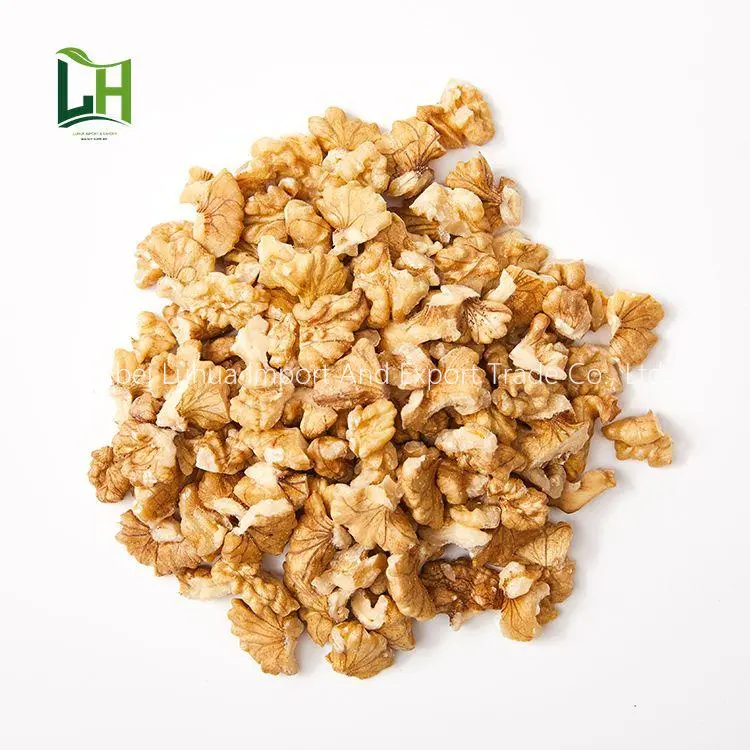
(walnuts cost)
FAQS on walnuts cost
Q: What is the average walnuts cost per kg?
A: The average cost of walnuts per kg ranges from $7 to $15, depending on the region and quality. Organic walnuts typically cost more. Bulk purchases may offer lower prices per kilogram.Q: How much does a pound of walnuts cost?
A: The cost of walnuts per pound is usually between $4 and $8. Price can vary by brand and whether they are shelled or unshelled. Local store and online prices may differ.Q: What factors influence walnuts cost?
A: Factors affecting walnut costs include origin, quality, certification (organic or conventional), and market demand. Processing (raw, shelled, roasted) also influences prices. Seasonal fluctuations can impact costs as well.Q: Are walnuts cheaper when bought in bulk?
A: Walnuts often cost less per kg or pound when purchased in bulk. Wholesale or club stores frequently offer discounts. Buying larger quantities can save money for regular consumers.Q: Where can I find the best cost for walnuts?
A: The best walnut prices are usually found at supermarkets, wholesale clubs, online retailers, and local farmers’ markets. Comparing prices across platforms helps find deals. Check for seasonal sales for additional savings.Post time:Jul . 06, 2025 07:56
